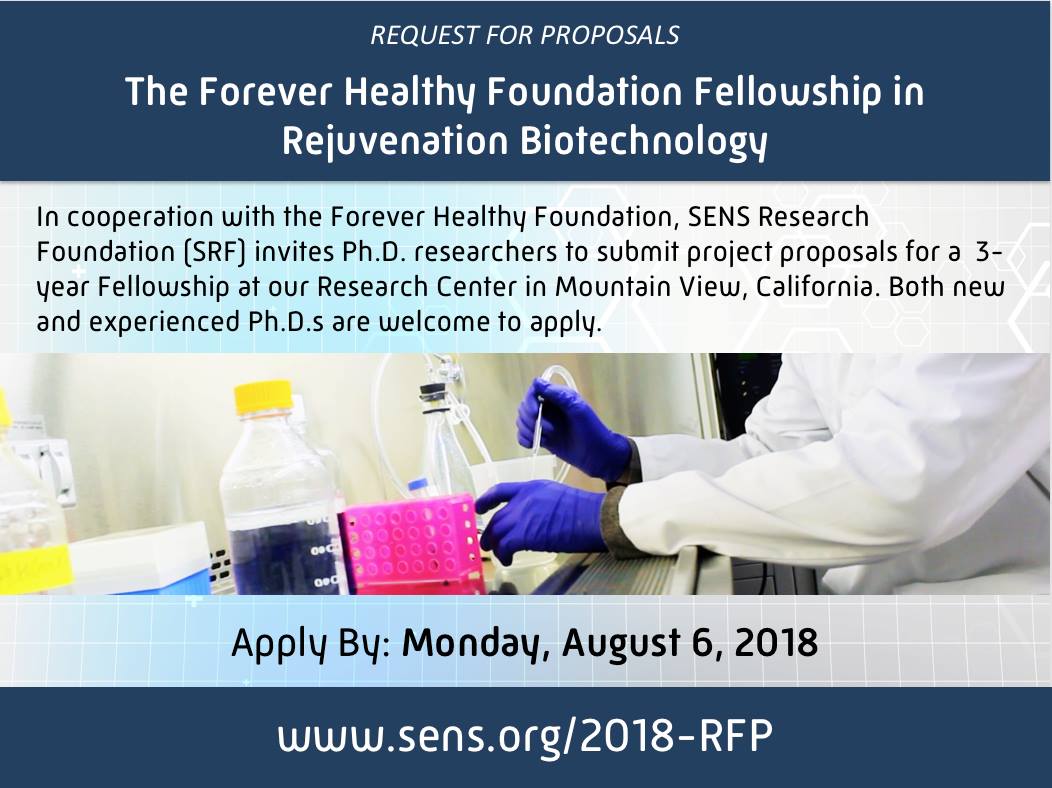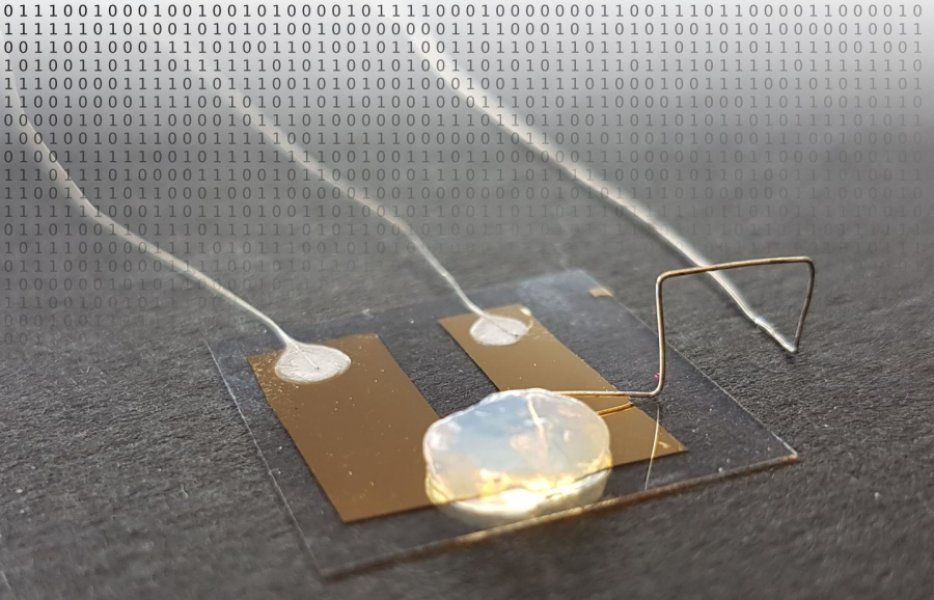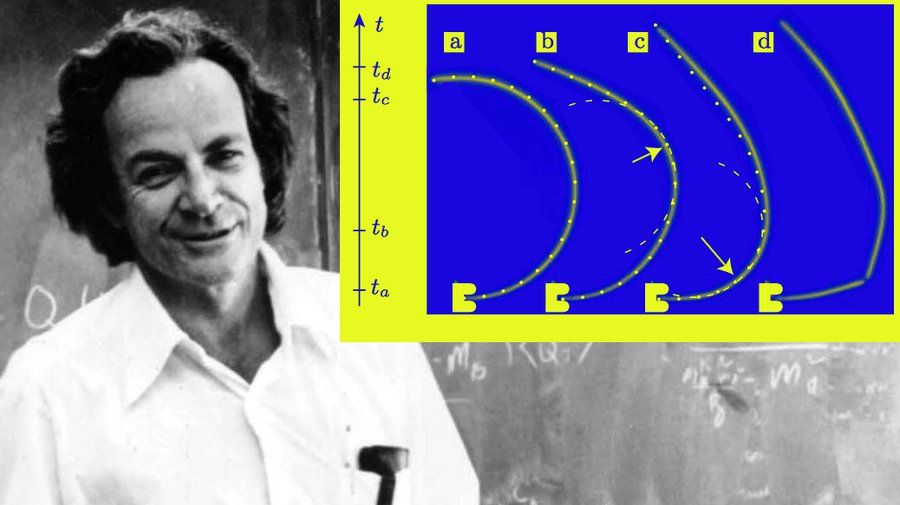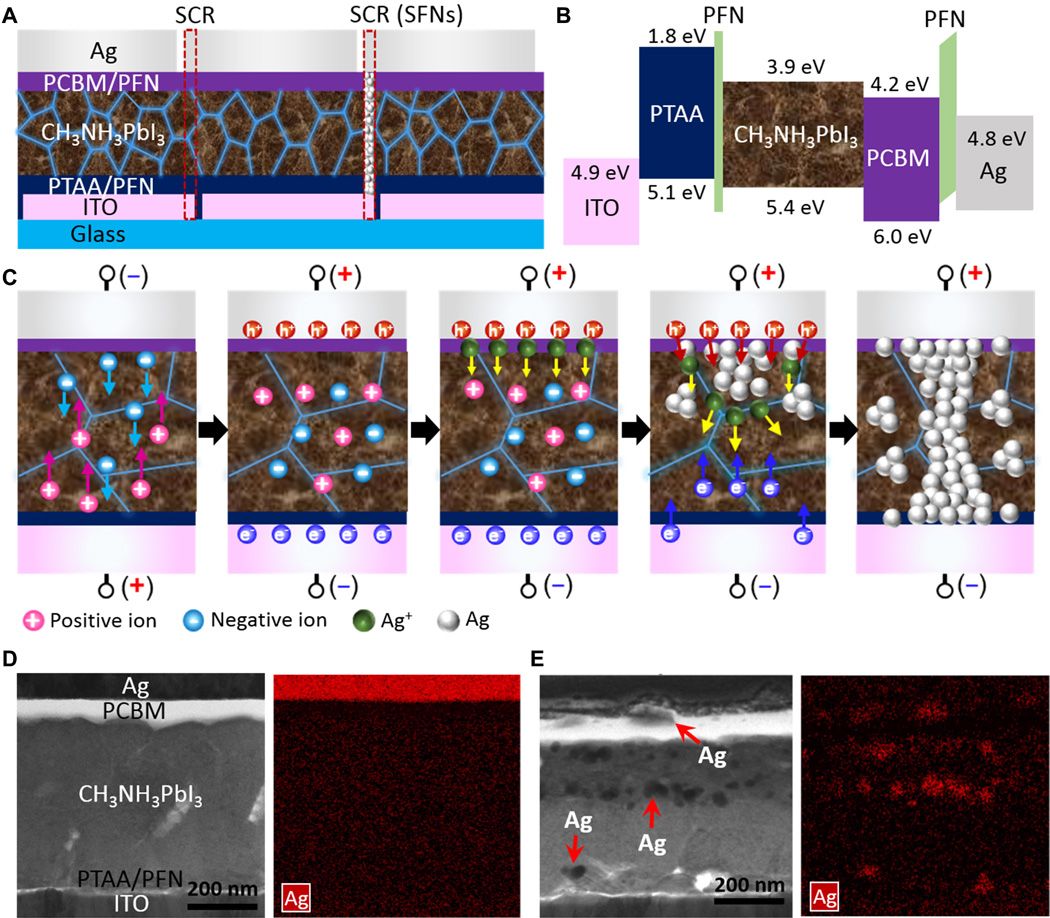Page 9275
Aug 18, 2018
Do you want to join in the fight to end age-related disease?
Posted by Michael Greve in categories: biotech/medical, life extension
Together, Forever Healthy Foundation and SENS Research Foundation are now accepting research proposals that promise progress in regenerative medicine for the prevention and reversal of age-related disease. This Fellowship will take place at SRF’s research center in Mountain View, California.
For more information, please visit: http://sens.org/research/research-blog/forever-healthy-found…technology
Aug 18, 2018
London police chief ‘completely comfortable’ using facial recognition with 98 percent error rate
Posted by Amnon H. Eden in categories: law enforcement, robotics/AI
While facial recognition performs well in controlled environments (like photos taken at borders), they struggle to identify faces in the wild. According to data released under the UK’s Freedom of Information laws, the Metropolitan’s AFR system has a 98 percent false positive rate — meaning that 98 percent of the “matches” it makes are of innocent people.
The head of London’s Metropolitan Police force has defended the organization’s ongoing trials of automated facial recognition systems, despite legal challenges and criticisms that the technology is “almost entirely inaccurate.”
According to a report from The Register, UK Metropolitan Police commissioner Cressida Dick said on Wednesday that she did not expect the technology to lead to “lots of arrests,” but argued that the public “expect[s]” law enforcement to test such cutting-edge systems.
Aug 18, 2018
This Ultrahot Exoplanet Has Metallic Skies
Posted by Genevieve Klien in category: space
Astronomers have found iron and titanium in the atmosphere of the Jupiter-sized world KELT-9b, the hottest known exoplanet.
- By Hanneke Weitering, SPACE.com on August 18, 2018
Aug 18, 2018
Researchers Build Quantum Transistor Using a Single Atom
Posted by Genevieve Klien in categories: computing, particle physics, quantum physics
The sub-microscopic switch can also operate at room temperature, marking a major breakthrough.
Aug 18, 2018
What Causes Glaucoma? Scientists May Have Finally Figured It Out
Posted by Genevieve Klien in category: biotech/medical
Researchers say an autoimmune response may be behind the eye pressure and vision loss that sometimes precedes a glaucoma diagnosis.
Aug 18, 2018
The snapback effect: Richard Feynman’s famed physics puzzle finally gets solved
Posted by Genevieve Klien in category: physics
Aug 18, 2018
These beautiful works of art illustrate the brain’s complexity
Posted by Genevieve Klien in category: neuroscience

Art is sometimes the easiest way of understanding the mysterious and unknowable.
The Art of Neuroscience competition, organized by the Netherlands Institute for Neuroscience, solicited entries from around the world to help “make the research from neuroscience labs more tangible…[and] for scientists to evaluate their own work from a different perspective.” The recognized entries come from practicing scientists presenting their work in creative ways as well as artists who have collaborated with scientists.
Continue reading “These beautiful works of art illustrate the brain’s complexity” »
Aug 18, 2018
High-efficiency large-area perovskite photovoltaic modules achieved via electrochemically assembled metal-filamentary nanoelectrodes
Posted by Genevieve Klien in categories: solar power, sustainability
Realizing industrial-scale, large-area photovoltaic modules without any considerable performance losses compared with the performance of laboratory-scale, small-area perovskite solar cells (PSCs) has been a challenge for practical applications of PSCs. Highly sophisticated patterning processes for achieving series connections, typically fabricated using printing or laser-scribing techniques, cause unexpected efficiency drops and require complicated manufacturing processes. We successfully fabricated high-efficiency, large-area PSC modules using a new electrochemical patterning process. The intrinsic ion-conducting features of perovskites enabled us to create metal-filamentary nanoelectrodes to facilitate the monolithic serial interconnections of PSC modules. By fabricating planar-type PSC modules through low-temperature annealing and all-solution processing, we demonstrated a notably high module efficiency of 14.0% for a total area of 9.06 cm with a high geometric fill factor of 94.1%.
The unprecedented features of organic-inorganic hybrid perovskite semiconductors, which allow low-temperature crystal film growth from their precursor solutions, have greatly promoted both scientific and technological revolutions in a wide range of fields within electronics (1, 2). The advent of organolead trihalide perovskite semiconductors as light harvesters has resulted in the fastest-advancing solar technology to date, with an extremely rapid rise in power conversion efficiency (PCE) from 3.8 to 22.1% over just a few years (3–6). In addition to recent remarkable breakthroughs in addressing the instability of these devices, which has been considered the greatest challenge toward commercialization due to their intrinsic properties vulnerable to oxygen and moisture, pioneering researchers have begun fabricating large-area devices for their ultimate application (7–16).

















